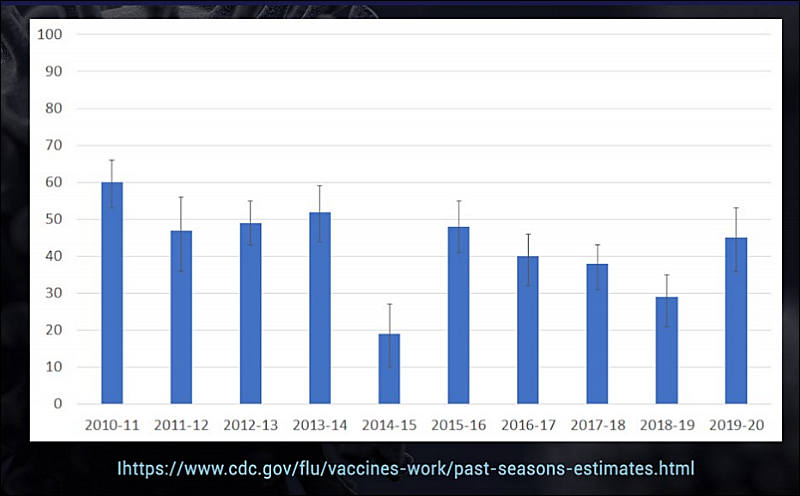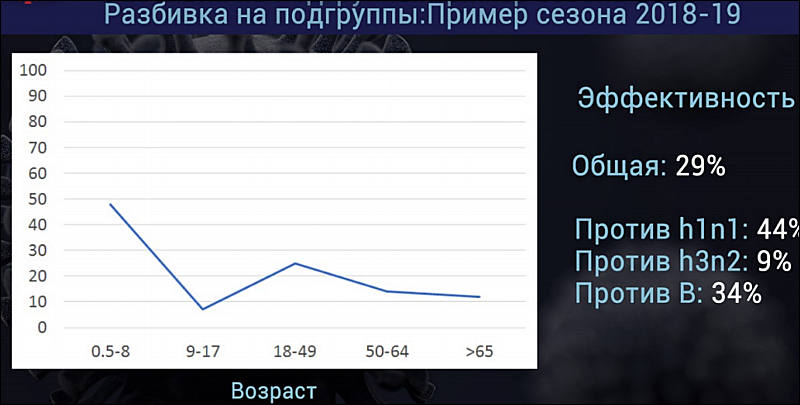
-
According to EMA officials, the exact composition of the tested and mass vaccines differs in many ways, and in particular in the degree of integrity of the mRNA fragments. In the samples for clinical trials, 69% to 81% of the chains were a whole matrix by which the protein can be synthesized from start to finish. On the other hand, batch data produced on new production lines showed lower percentages of whole mRNAs, 59% on average. In some parties, the decline reached 51%. This is what was called the "blocking point" in the November 23 EMA. The outgoing vaccine used a filter that separates full molecules from short cuttings, but it proved difficult to scale up for commercial production.
-
Numbers started to slide down
The latest trial data out of a Brazil-based trial for SinoVac's coronavirus vaccine has found that the company's vaccine is 78% effective.
Turkish researchers said in December that the vaccine showed 91.25% efficacy based on interim data.
I guess the February we'll see all vaccines sliding into 75-78% category and at the end of May reaching around 60-65%. Taking into account that they do not count older group, after widening vaccination to them it'll drop to usual flu efficiency.
-
Using highly restrictive criteria, Osterholm and three other influenza researchers screened more than 5700 studies of the efficacy of vaccines licensed in the USA that had been published since the 1960s. From 31 eligible studies – only those whose endpoints were laboratory-confirmed influenza – they found that on average the seasonal flu vaccine was about 59% effective in individuals aged 18 to 65 years – far lower than the 70–90% previously believed – with at best a 4% reduction in mortality among the elderly. In this case ‘effective’ meant able to prevent laboratory-confirmed influenza, regardless of severity. The study was published in Lancet Infectious Diseases.
Also if you will check charts efficiency for older people (who are prime risk group for coronavirus) is very bad.
-
Low efficiency happens if vaccine does not match actual virus type, as in 2014.
Issue here is that for coronavirus we need more frequent vaccination, total vaccination and efficiency in 85-95% range. And any change in virus that will render vaccine inefficient will mean full repeat of that happening now.
-
So for 2014/15 season: If 5 persons got vaccinated 4 of them would still get sick.
-
Flu vaccines chart



 sa15255.jpg800 x 496 - 47K
sa15255.jpg800 x 496 - 47K
 sa15256.jpg800 x 405 - 46K
sa15256.jpg800 x 405 - 46K
Howdy, Stranger!
It looks like you're new here. If you want to get involved, click one of these buttons!
Categories
- Topics List23,991
- Blog5,725
- General and News1,353
- Hacks and Patches1,153
- ↳ Top Settings33
- ↳ Beginners256
- ↳ Archives402
- ↳ Hacks News and Development56
- Cameras2,367
- ↳ Panasonic995
- ↳ Canon118
- ↳ Sony156
- ↳ Nikon96
- ↳ Pentax and Samsung70
- ↳ Olympus and Fujifilm101
- ↳ Compacts and Camcorders300
- ↳ Smartphones for video97
- ↳ Pro Video Cameras191
- ↳ BlackMagic and other raw cameras116
- Skill1,960
- ↳ Business and distribution66
- ↳ Preparation, scripts and legal38
- ↳ Art149
- ↳ Import, Convert, Exporting291
- ↳ Editors191
- ↳ Effects and stunts115
- ↳ Color grading197
- ↳ Sound and Music280
- ↳ Lighting96
- ↳ Software and storage tips266
- Gear5,420
- ↳ Filters, Adapters, Matte boxes344
- ↳ Lenses1,582
- ↳ Follow focus and gears93
- ↳ Sound499
- ↳ Lighting gear314
- ↳ Camera movement230
- ↳ Gimbals and copters302
- ↳ Rigs and related stuff273
- ↳ Power solutions83
- ↳ Monitors and viewfinders340
- ↳ Tripods and fluid heads139
- ↳ Storage286
- ↳ Computers and studio gear560
- ↳ VR and 3D248
- Showcase1,859
- Marketplace2,834
- Offtopic1,320




